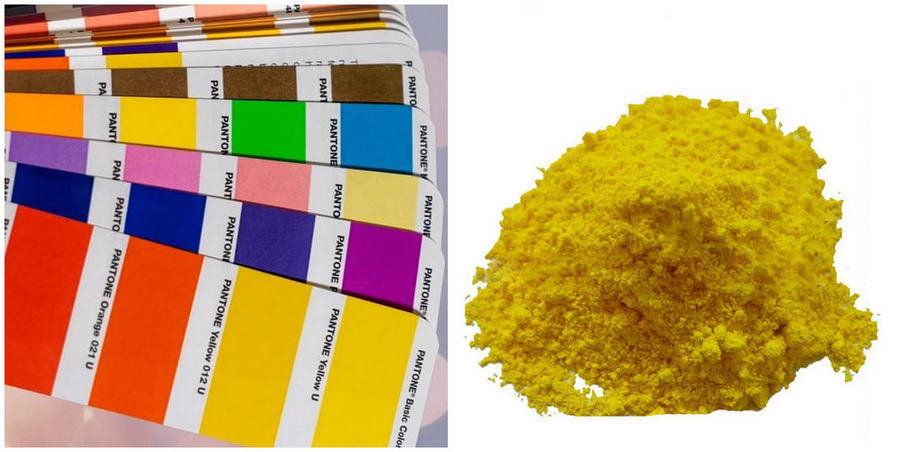Colour strength, also known as solid strength, is an important indicator of a pigment’s performance. The higher the strength, the lower the amount of pigment used and hence its economic value. The colour strength of Pigment Yellow 138, Pigment Yellow 139 and Pigment Yellow 180 is often cited as a problem and is usually measured in comparison with standard samples of similar pigments.
For example, the colouring power of benzidine yellow is much higher than that of chrome yellow, even up to nine times that of chrome yellow. Chrome yellow, on the other hand, is 3-4 times higher than titanium yellow. As a concrete example, the colouring power of the sunlight-resistant yellow G is 100, compared with only 48 for the sunlight-resistant yellow 10 G. Such a comparison reflects the colouring effect of the different pigments.
Measurement Method:

Comparison With Standard Samples
The colouring power of a pigment yellow is usually determined by comparing it with a standard sample of the same type. The colouring power of a standard sample is 100% and the sample should be not less than 95%.
Colour Dilution Method
The pigment is diluted with a white pigment such as zinc barium white or titanium white and then compared with a standard sample. When the colouring power of the specimen is different from that of the standard sample, the percentage of colouring power of the specimen can be calculated by increasing or decreasing the dosage of the standard sample.
Non-Standard Measurement Method
An intermediate control method is to mix the sample with white ink containing a certain percentage of zinc oxide or titanium dioxide, grind it by hand and calculate the colouring power according to the amount consumed. This method is not a standard method, although it saves time and labour.
Spectrophotometer Method
Determine the absorption index of the sample and the standard sample by spectrophotometer, and the ratio of the two is the relative colouring power. For white pigments, the relative scattering power can also be measured by adding black pigment paste.
The colouring power of organic pigments is tested in a scientific, standardised process to ensure that the effectiveness and economics of their application are effectively assessed. Such measurements help producers and users to better understand and utilise different types of pigments.





